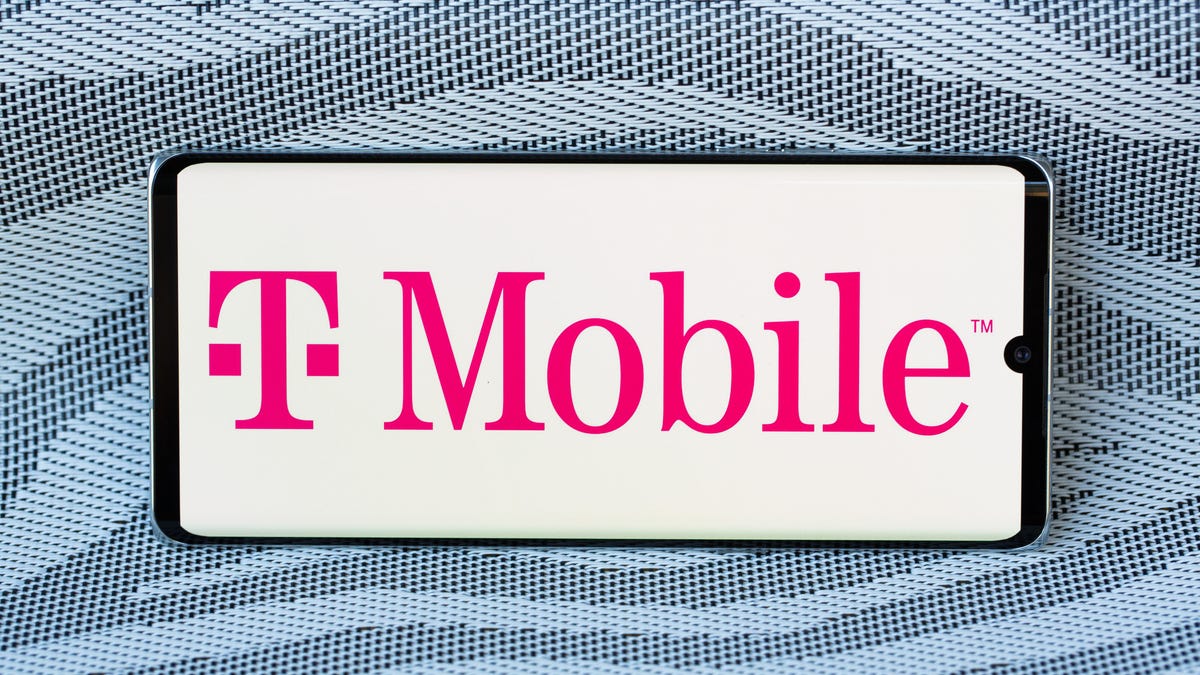T-Mobile and AT&T don't want to drive-test their coverage claims
A proposal by the FCC would be too costly, the carriers argued.

AT&T and T-Mobile say it would cost millions to drive test their mobile networks annually.
AT&T and T-Mobile are fighting back against a Federal Communications Commission program that could see America's mobile providers drive test their own networks to double check coverage range. The carriers' submissions, spotted earlier Thursday by Ars Technica, came in response to the FCC's request for comment on its suggestions in July of how to verify carriers' speed and coverage claims.
"We propose requiring mobile service providers to submit on-the-ground test data," the FCC's July 2020 proposal says. "The Broadband DATA Act requires the Commission to verify the accuracy and reliability of mobile broadband coverage data that mobile providers submit to the Commission, and we believe that on-the-ground test data from mobile providers could be a critical component of our verification process"
AT&T's filing, submitted Tuesday this week, argues that it's impossible for "all carriers to use the same parameters and produce maps that accurately predict their individual network performance." AT&T also argued against the cost imposed on carriers by requiring them to conduct annual drive testing nationwide to verify mobile broadband coverage maps.
"AT&T estimates that to drive test just 25% of the square kilometers of its nationwide 4G LTE coverage would cost approximately $45 million each year and that drive testing only 10% of its coverage would still cost as much as $18 million/year," the filing said. This is "simply too costly," especially while carriers are focused on a 5G rollout, AT&T said.
Similarly, T-Mobile's filing published Monday called drive tests "extremely expensive and burdensome."
"A blanket requirement to perform regular on-the-ground testing will force providers to spend millions of dollars each year on tests, resources that would be better spent investing in our network and deployment in rural America," T-Mobile said.
The FCC earlier this year said 21 million Americans lack access to broadband -- but that this number could be higher in rural areas where coverage maps aren't as accurate. The FCC's maps are used to decide who gets a slice of the $4 billion in funding every year for broadband coverage to help close the digital divide.
As a result, the US in March passed a new version of a bill designed to improve the accuracy of broadband coverage maps. The Broadband Deployment Accuracy and Technological Availability (DATA) Act requires the FCC to collect more detailed information on where coverage is provided and to "establish a process to verify the accuracy of such data, and more."
The problem with the maps
The FCC's maps are supposed to let policy makers know where broadband is and isn't available, so that they can figure out who gets the $4 billion in federal subsidies that are supposed to help bridge the digital divide. But there are substantial problems with the current system for collecting the data to create these maps. The FCC builds its coverage maps using data that ISPs report twice a year in what's called Form 477.
Wireless operators are expected to self-report that information. But it's not always accurate.
Earlier this year a wireline carrier erroneously overstated its coverage, which skewed the FCC's draft report on broadband deployment.
Last year the FCC also called out Verizon, T-Mobile and US Cellular in a report for overstating their wireless coverage. Because there have been so many problems with the mapping data, the FCC reworked a $4.5 billion subsidy program to bring 4G LTE to rural communities.
The carriers say they were simply reporting the data the FCC had requested.
The DATA Act is designed to help fix another problem with data the FCC collects. Historically, the data the FCC has collected about broadband coverage has not been granular enough. The way it has worked is that broadband providers report coverage based on census blocks, the smallest geographic area used by the US Census Bureau. If service is available in one part of a census block, the entire block is considered to have broadband.
But in rural parts of the country, a single home could have internet service, but it may be the only home for miles with access. The DATA Act requires more-granular reporting.
Fixing the FCC's maps have been a bipartisan effort. Republicans and Democrats in Congress have slammed the FCC for not having better maps. And Congressional leaders in both parties have pushed the FCC to take steps to improve the quality of the data.



